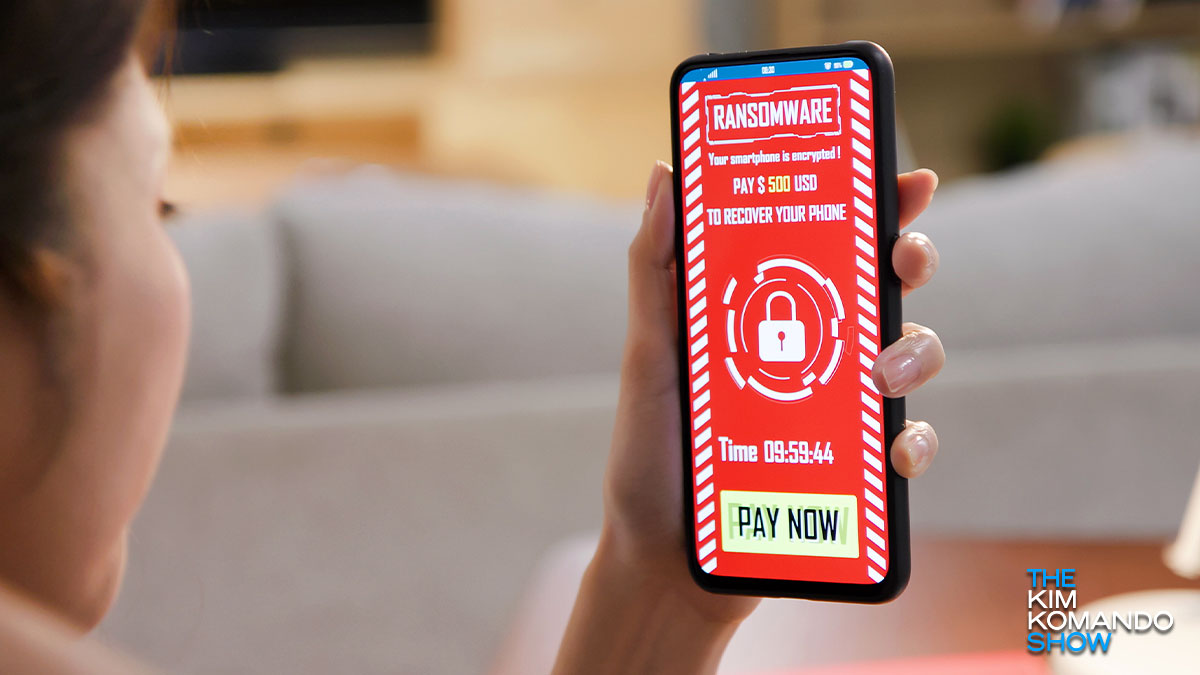You might want to use your mobile device a bit more carefully. Malware is on the rise, and hackers behind it are getting smarter about avoiding detection.
Computers aren’t the only place you’ll run into viruses and malware anymore. In fact, some malware is available to rent as a service, which means anyone can get a taste for cybercrime without too much effort. Tap or click here to see how malware can be rented.
Malware issues are getting so bad that companies like Microsoft are paying close attention to the threat. And now, they’ve learned even more about dangerous mobile ransomware that’s starting to spread like wildfire online. Here’s what you need to do to stay safe.
Microsoft has its eye on this Android ransomware
Microsoft recently announced the discovery of an Android-exclusive ransomware strain called AndroidOS/MalLocker.B, which is capable of locking phones, stealing data and communicating with the hackers who made it.
Tap or click here to see where Microsoft found this new ransomware.
But after spending more time examining the malware, Microsoft has come to the conclusion that it’s much more dangerous than many expected it to be. According to a new security update, Microsoft found that AndroidOS/MalLocker.B is able to lock phones thanks to a clever bit of code that hijacks notifications.
When the ransomware activates, it triggers a phony incoming call alert that takes over your whole screen. This prevents you from getting to the rest of your phone, and the only way to get past it is to pay the fine. This appears to be the first example of Android malware using call notifications maliciously.
But that’s not the only trick AndroidOS/MalLocker.B pulls on its victims. Microsoft also found this ransomware encrypts its own code to avoid detection. This means it could easily infiltrate phones and app stores without Google knowing.
As of now, there’s no evidence the ransomware has made its way to Google Play just yet. This ransomware is found on third-party app stores and online forums. But the fact that it can hide its code means it’s only a matter of time before some hacker is brave enough to upload it.
Tap or click here to see how PC ransomware put lives in danger when it shut down a hospital.
How can I protect my Android phone from ransomware?
As of now, AndroidOS/MalLocker.B ransomware has only been found on third-party app stores and forums. If you’re not downloading file attachments from forum posts or exploring third-party app stores, your phone is as good as safe. For now.
That said, it’s not too hard to imagine this malware ending up in a future list of Android malware here on Komando.com. To keep your phone safe, your best bet is to follow these guidelines with any apps you download:
- Only download apps from Google Play.
- When you download apps from Google Play, avoid lesser-known programs. Stick to popular apps with well-known developers and high reviews. If millions of other people are using it, the app is probably safe.
- Never click on links or attachments someone sends to you by email or text. It’s the easiest way to end up on a phishing site.
- If a contact of yours sends you an email or text with a link, make sure to check that they actually sent it. Some malware can hijack email addresses and fool their contacts into opening attachments.
Beyond these steps, always check your phone on a regular basis for malware. After all, Google Play is chock full of nasty programs. Tap or click here for the best antivirus options for both PC and Mac.
Tap or click here to see the most recent batch of malicious Google Play apps.
